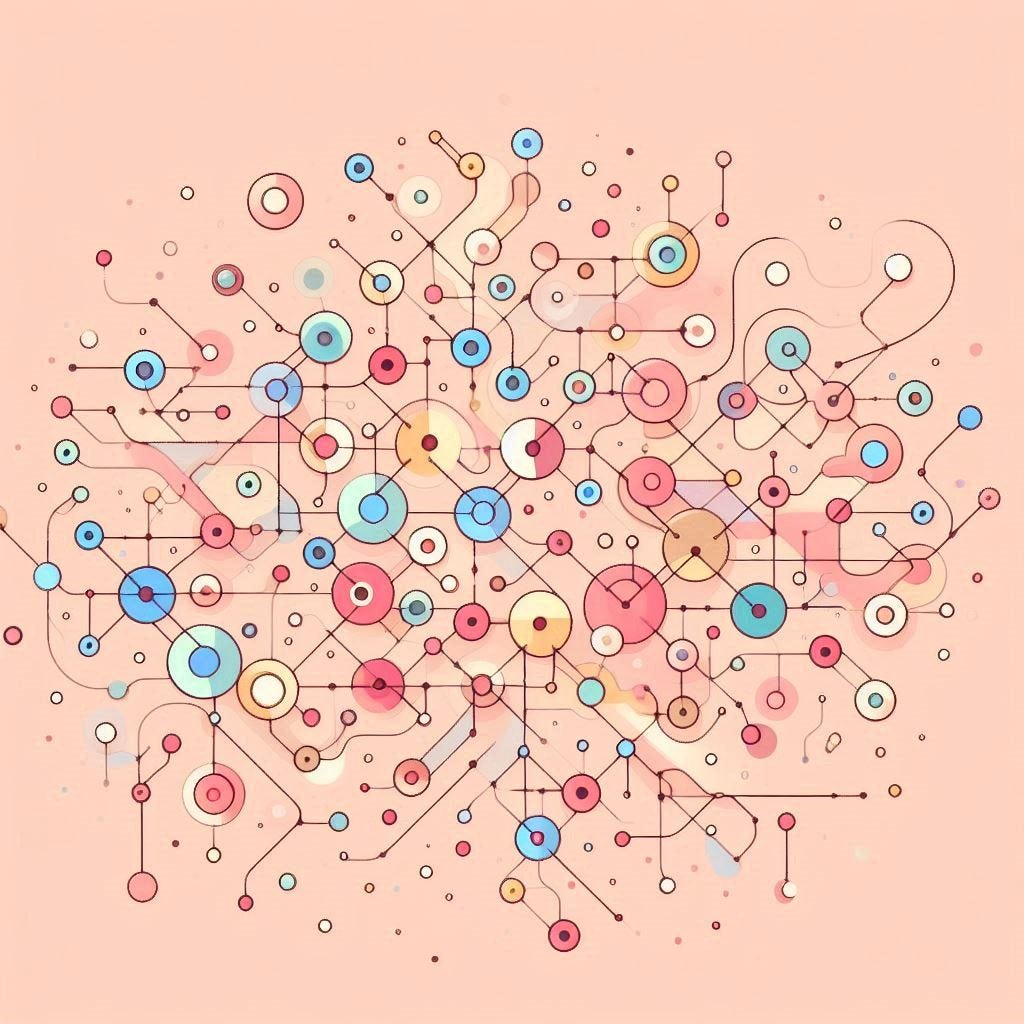Rethink Your Master Data: From MDM to Innovation

Senior Director of Global Solutions, Neo4j
1 min read

Data is both our most valuable asset and our biggest ongoing challenge. As data grows in volume, variety and complexity, across applications, clouds and siloed systems, traditional ways of working with data no longer work.
Increasingly, businesses are recognizing a need to harness all of their data, particularly their data around customers, products, partners and more – often called master data. Pressing business priorities such as compliance and digital transformation require a holistic view of this master data.
Achieving that holistic view requires connecting data across a myriad of sources and silos. Connecting data using flexible graph technology offers a proven approach to solving these data challenges, capturing not only data but an unlimited number of connections and relationships between data.
This blog series describes the power of connecting your most important data about customers, products, employees, business partners and more using a graph database. Along the way, real-world use cases from global enterprises to disruptive startups illustrate the power of
connected data.
This week, in the final blog of our five-part blog series on rethinking your master data, we look at how MDM drives innovation.
From MDM to Innovation
Once data is connected, the use cases are endless.
Let’s say you have connected customer and product data. What if you add another node with another data source, such as partners or transactional data? In the language of innovation, the small step from your first use case to your next one is called the adjacent possible.
Graph technology also triggers healthy cultural shifts. If an organization has a data silo problem, it probably has knowledge silos too. Graph thinking catalyzes better insights and captures organizational know-how.
NASA: Space-Age Knowledge Graphs
We are living in the century of the knowledge worker.
Few organizations have amassed as much institutional brainpower as NASA, the organization that put astronauts on the moon half a century ago and constantly expands the frontiers of
science and engineering. To build its knowledge architecture, the space agency turned to Neo4j.
The challenge: a super abundance of brainpower and a shortage of connections. NASA operates 20 locations with 80,000 employees and has been amassing data since the 1950s – hundreds of millions of documents and reports stored in a database growing by the day.
NASA keeps a database of lessons learned and encourages engineers to read about past projects – but finding the right information was like looking for a needle in a vast haystack.
“We have to try to break down those silos, which is exactly the capability that graph databases provide,” said David Meza, the chief knowledge architect at NASA.
In the past, searches were time-consuming, inefficient, yielded unsorted results and only scratched the surface of millions of documents. NASA turned to a graph approach and began to convert its document-oriented database into a graph-oriented one using Neo4j.
The results are impressive.
“Using Neo4j, someone from our Orion project found information from the Apollo project that prevented an issue, saving well over two years of work and one million dollars of taxpayer funds,” said Meza.
Ask yourself: How could you capture the know-how in your company using graphs?
Conclusion
Neo4j closes the innovation gap.
It brings together disparate sources of master data, connects silos and enriches it all with metadata. It keeps pace with the millisecond pace of modern business and scales without limits. Most importantly, graph technology is designed to reveal and handle connected data –
the revolutionary approach that is already defining the future of the digital era.
Graph technology allows you to start where you are: with a single area, connecting data across disparate systems, in a nondisruptive fashion to solve a pressing problem. Connecting your data in this way creates a snowball effect, supporting new opportunities and use cases with minimal additional effort.
The Neo4j Graph Platform connects data at scale, powering millisecond queries on vast amounts of connected data. Furthermore, with its large library of graph algorithms, it paves the way for AI and machine learning on all of that data.
Graphs hold immense strategic value for master data management and beyond. Neo4j transforms your data managers and data scientists into data strategists. Armed with the power of graph technology, these strategists discover relationships, generate insights, drive innovation and capture competitive advantage.
Fuel your success by connecting all of your data across silos. Click below to get your copy of Rethink Your Master Data Management.








